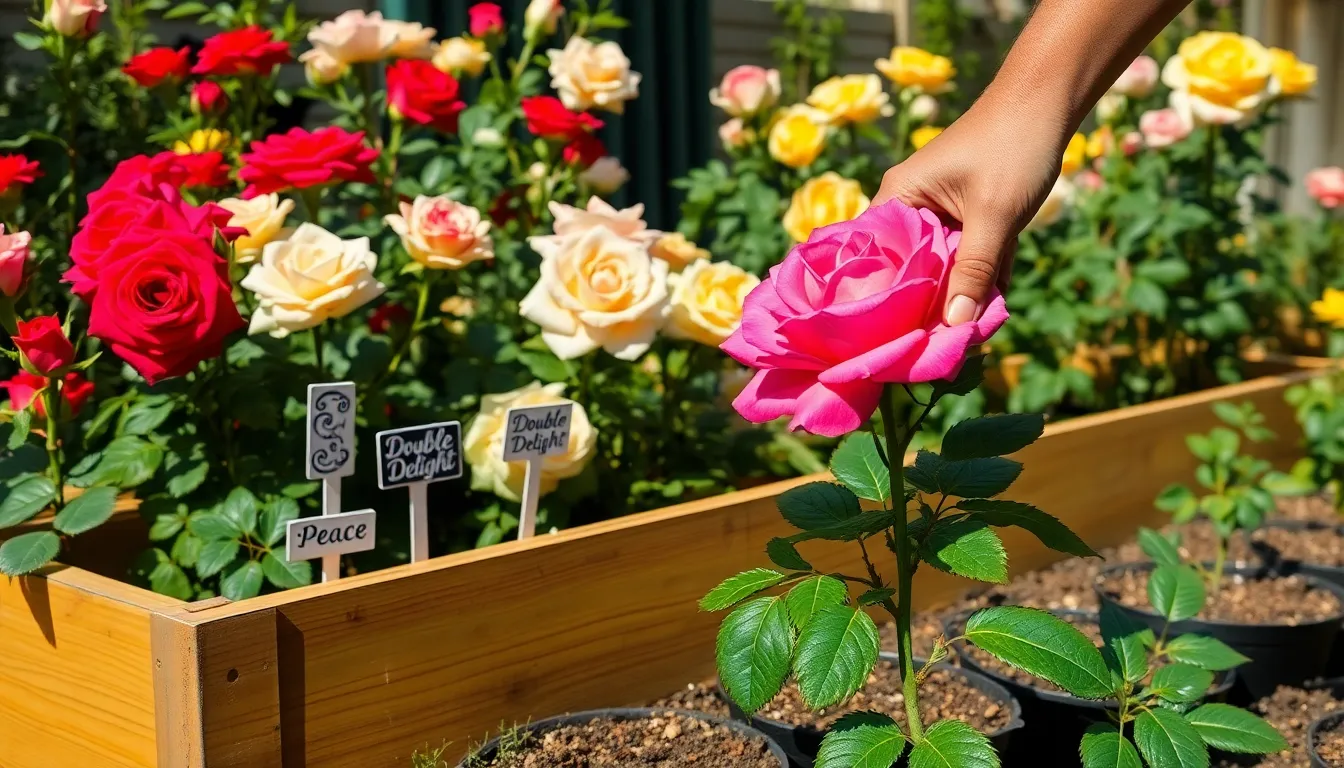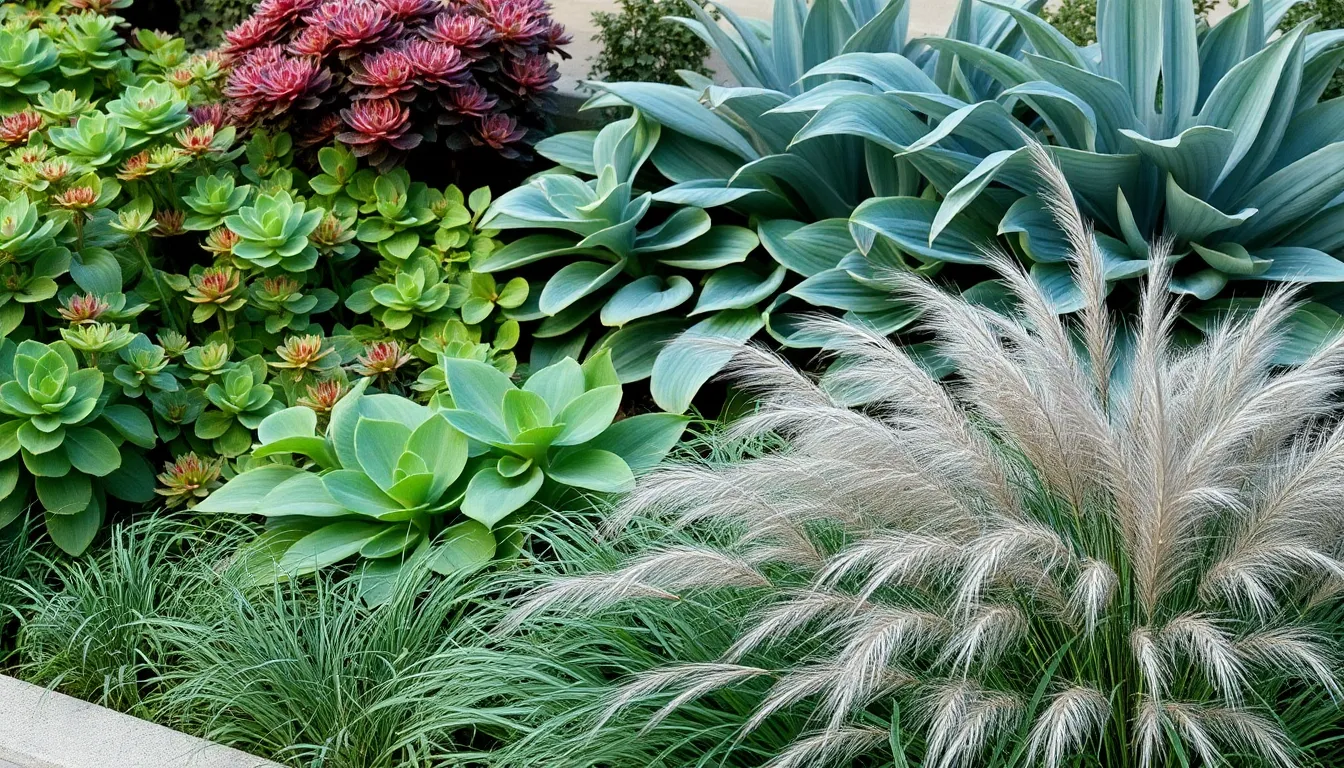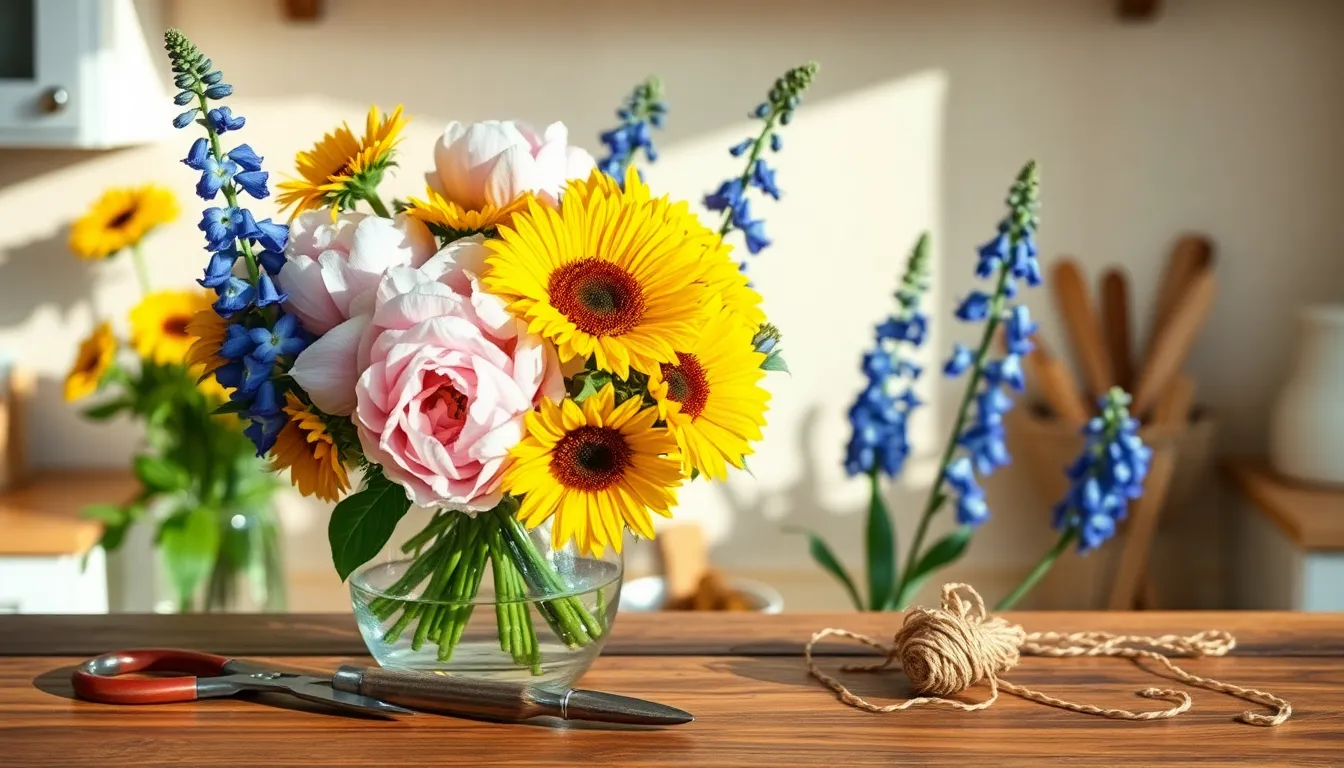Ah, roses! The quintessential symbol of love and beauty, these enchanting blooms have captured the hearts of gardeners for centuries. Whether you’re planting your first rose bush or refining your rose garden, our guide, “Tips for Planting Roses in Your Backyard,” is here to help you cultivate a vibrant oasis of color and fragrance. This guide is crafted with both beginners and seasoned green thumbs in mind, offering insights that will transform your backyard into a sanctuary of flourishing roses.
Imagine stepping outside to gather a bouquet of roses, each petal a testament to your gardening prowess. In this guide, you’ll discover practical tips that will empower you to nurture these stunning blooms effortlessly. From selecting the perfect varieties to mastering the art of pruning, you’ll gain the knowledge needed to make your roses thrive. With each tip, you’ll not only enhance your gardening skills but also enrich your connection to nature, bringing joy and beauty right to your doorstep.
Choose a Sunny Planting Spot
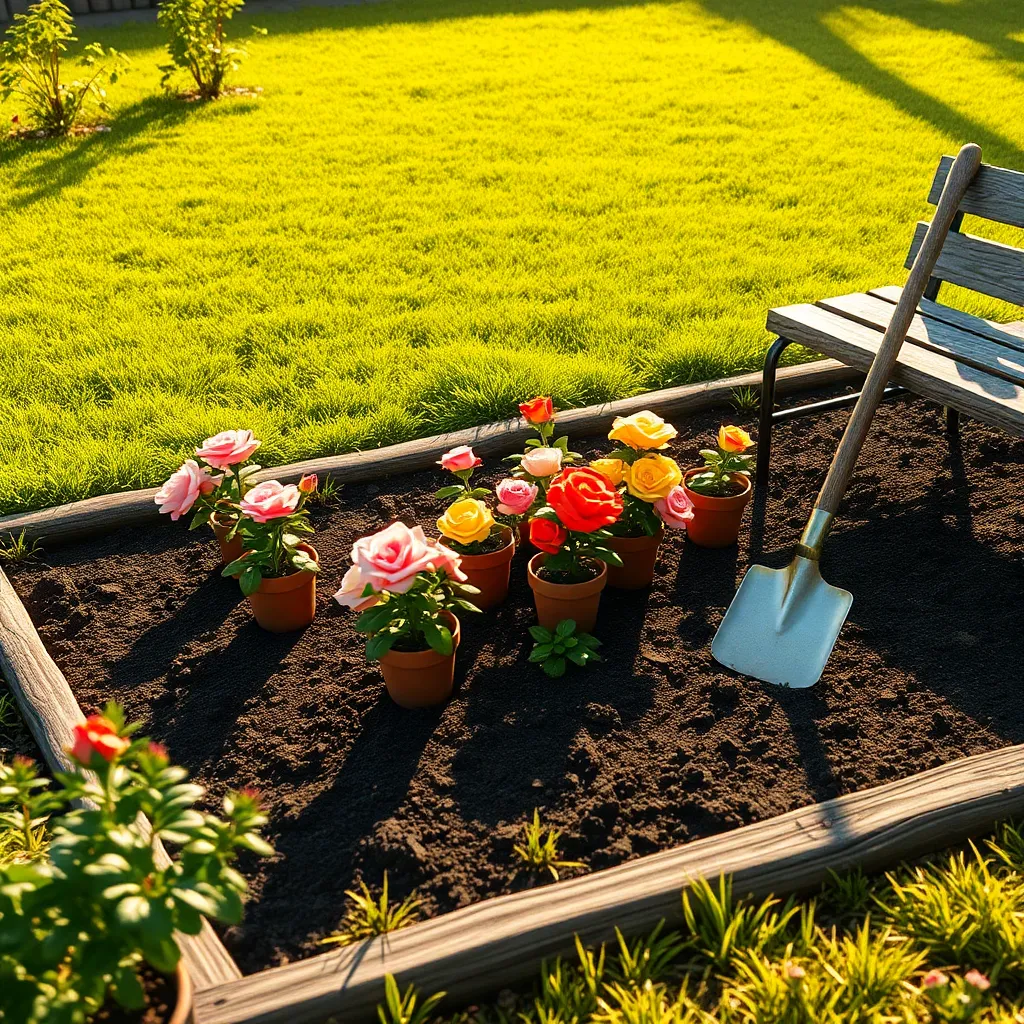
When choosing a spot for planting roses, it’s crucial to select an area that receives at least six hours of direct sunlight each day. Roses thrive in sunny locations, which help them produce abundant blooms and resist diseases.
Look for a location that provides good air circulation to keep foliage dry and reduce the risk of fungal infections. If your chosen spot is prone to wind, consider planting a windbreak or using temporary covers during harsh weather.
Ensure the soil in your planting area is well-drained, as roses do not tolerate waterlogged conditions. Amend heavy clay soils with organic matter such as compost or well-rotted manure to improve drainage and fertility.
For gardeners looking to optimize growth, consider testing the pH of your soil. Roses prefer a slightly acidic to neutral pH, ideally ranging from 6.0 to 6.8, so make adjustments with lime or sulfur if needed.
Amend Soil with Organic Matter
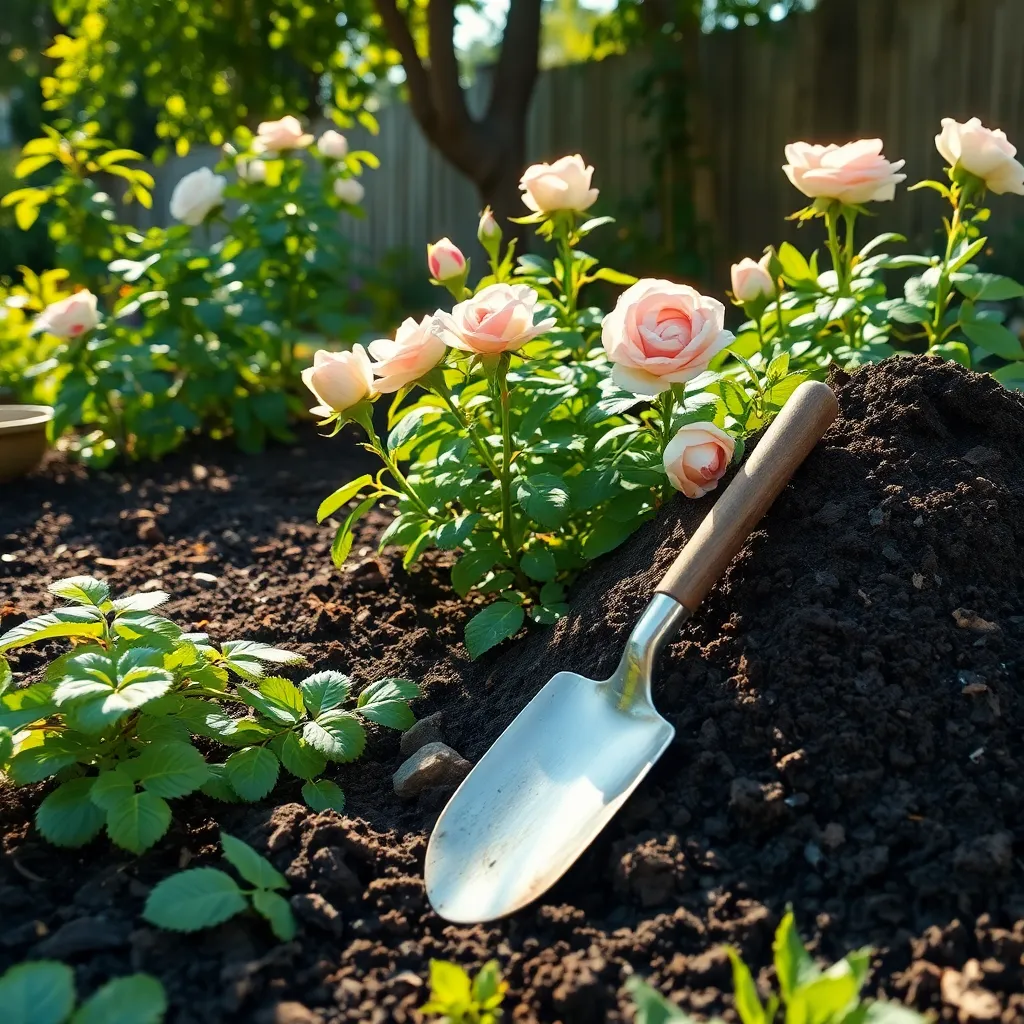
Amending soil with organic matter is crucial for planting roses successfully. This practice enriches the soil, improving its structure, drainage, and nutrient content.
Begin by incorporating well-rotted compost or aged manure into the planting area. These materials provide essential nutrients and help maintain moisture, which is vital for roses to thrive.
For a more advanced approach, consider adding leaf mold or worm castings. These organic amendments not only enhance soil fertility but also encourage beneficial microbial activity, promoting healthier rose growth.
Ensure the organic matter is mixed thoroughly into the top 12 inches of soil. This depth allows the rose roots to access nutrients easily and establishes a robust foundation for growth.
Space Roses for Air Circulation

When planting roses in your backyard, it’s essential to consider spacing for optimal air circulation. Proper spacing helps prevent diseases like black spot and powdery mildew by allowing air to flow freely around each plant.
Ensure that each rose bush has enough room to grow to its mature size without crowding nearby plants. For most varieties, aim for a distance of at least 2 to 3 feet between each bush, which promotes healthy growth and reduces the likelihood of disease.
For gardeners working with limited space, consider using dwarf or patio rose varieties, which require less room but still benefit from good air circulation. These smaller varieties can be spaced closer together, about 18 inches apart, while still maintaining the airflow necessary to keep them healthy.
Advanced gardeners might experiment with companion planting to enhance air circulation and deter pests. Lavender and marigolds are excellent choices as they can repel certain insects while adding beauty and fragrance to your garden.
Water Deeply but Infrequently
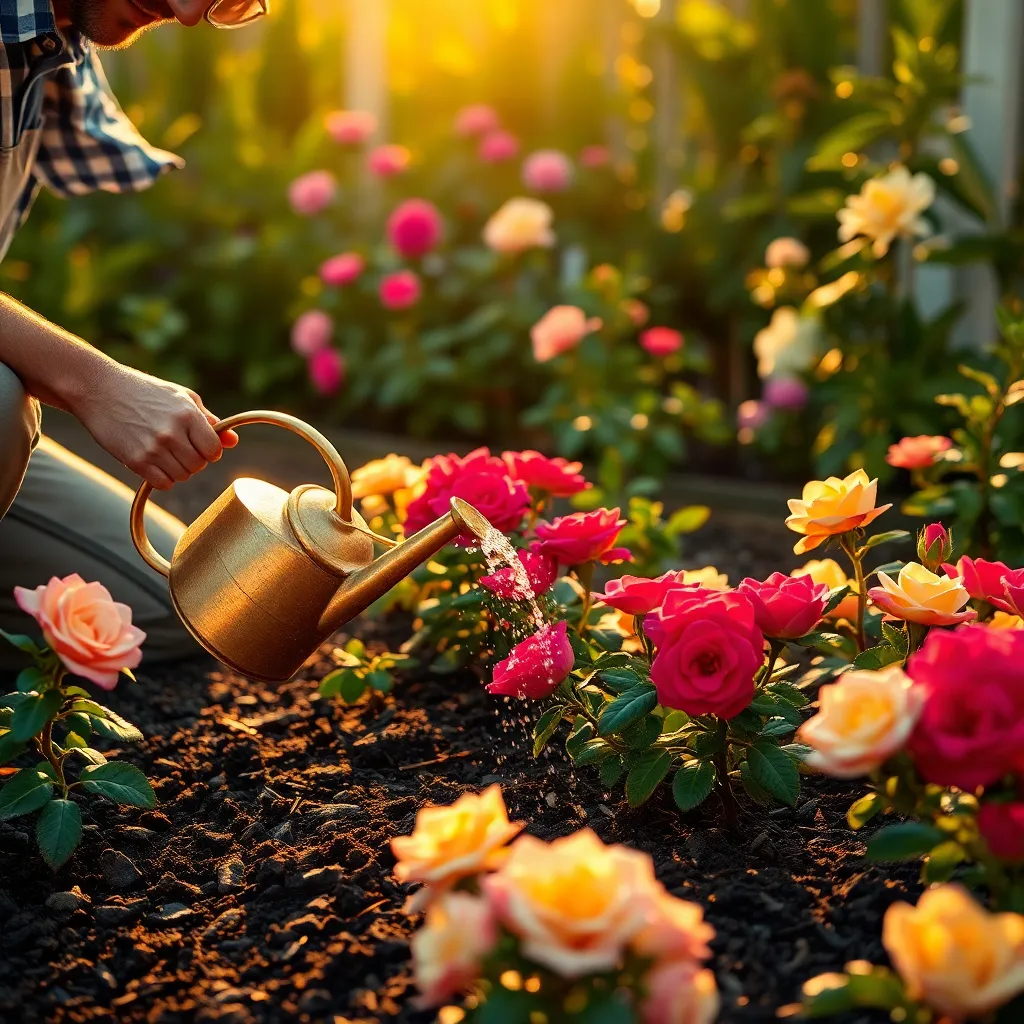
To ensure your roses thrive, it’s crucial to water them deeply but infrequently. This encourages the roots to grow deeper into the soil, making the plants more drought-resistant and robust.
Begin by thoroughly soaking the soil to a depth of at least 12 inches. Use a soaker hose or drip irrigation to deliver water directly to the root zone, minimizing evaporation and ensuring that moisture reaches where it’s needed most.
Watering frequency depends on your local climate and soil type, but a general guideline is to water roses once a week. In sandy soils, which drain quickly, you might need to water more often, while clay soils retain moisture longer, allowing for less frequent watering.
Check the soil moisture by inserting your finger a few inches below the surface. If it feels dry at this depth, it’s time to water again. This simple test helps prevent overwatering, which can lead to root rot and other issues.
Mulch to Retain Moisture

To help your roses thrive, applying mulch is a highly effective way to retain moisture in the soil. Mulch acts as an insulating layer, keeping the roots cool and reducing water evaporation, which is essential during hot and dry periods.
Consider using organic mulches like shredded bark, wood chips, or compost, as they gradually decompose and enrich the soil. Spread a layer of mulch about 2-3 inches thick around the base of your rose plants, ensuring it doesn’t touch the stems to prevent rot.
In addition to retaining moisture, mulch also helps in suppressing weeds that compete with your roses for nutrients and water. Replenish the mulch layer as it breaks down over time, typically once or twice a year, to maintain its benefits.
For those looking to go a step further, consider using a layer of newspaper or cardboard beneath the mulch. This technique provides extra weed control and enhances moisture retention, especially in very dry climates. By maintaining a healthy mulch layer, you’ll create a more stable microenvironment for your roses, promoting vigorous growth and abundant blooms.
Conclusion: Growing Success with These Plants
In the journey of nurturing both roses and relationships, we’ve uncovered five key concepts that blossom beautifully when practiced with care: communication, patience, understanding, adaptability, and nurturing. Just as roses require consistent attention and the right environment to thrive, so do our relationships. We learned the importance of communicating openly, being patient through challenging times, understanding each other’s needs, adapting to changes, and nurturing the bonds we share.
As your immediate next step, consider spending a moment today to express appreciation to someone you care about—a small gesture can lead to significant growth in your relationship. Remember, like tending to roses, relationships are a continuous process, deserving of care and dedication.
To ensure these insights are always within reach, save or bookmark this article for future reference. By doing so, you’ll have a ready guide to revisit whenever you seek inspiration in your relationship journey. Looking ahead, with these principles as your foundation, you are well-equipped to cultivate fulfilling and resilient relationships. Embrace the process with warmth, and watch as both your roses and relationships flourish over time.

